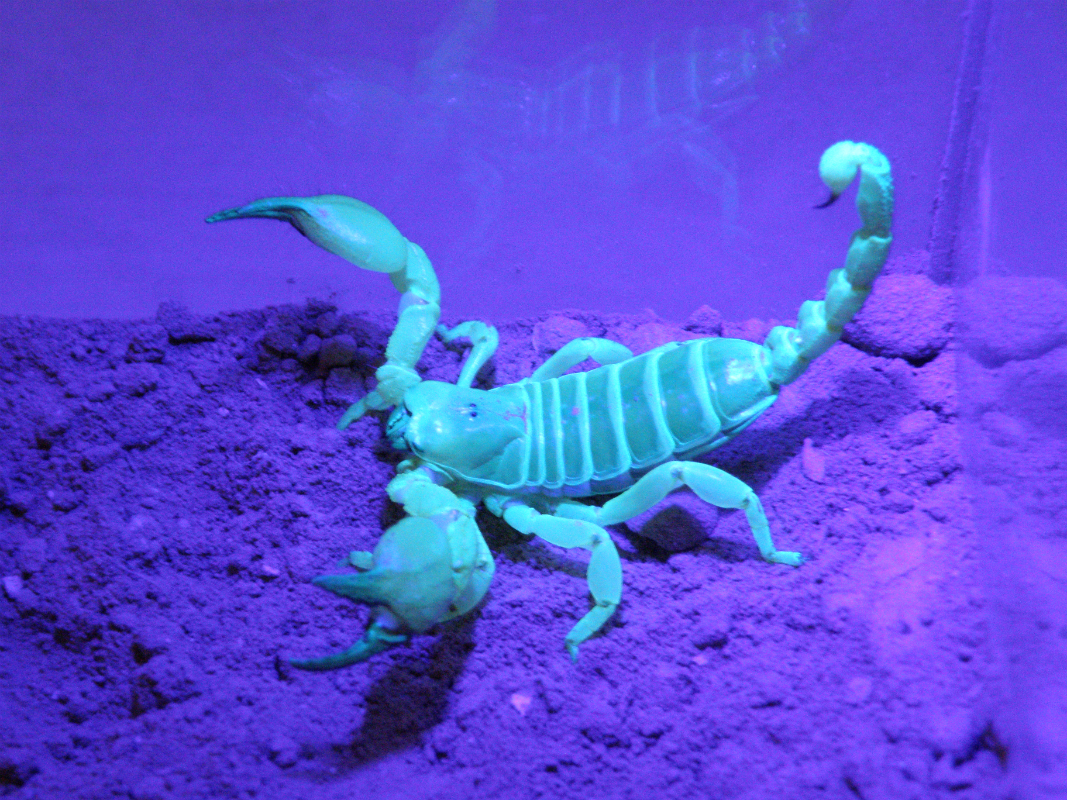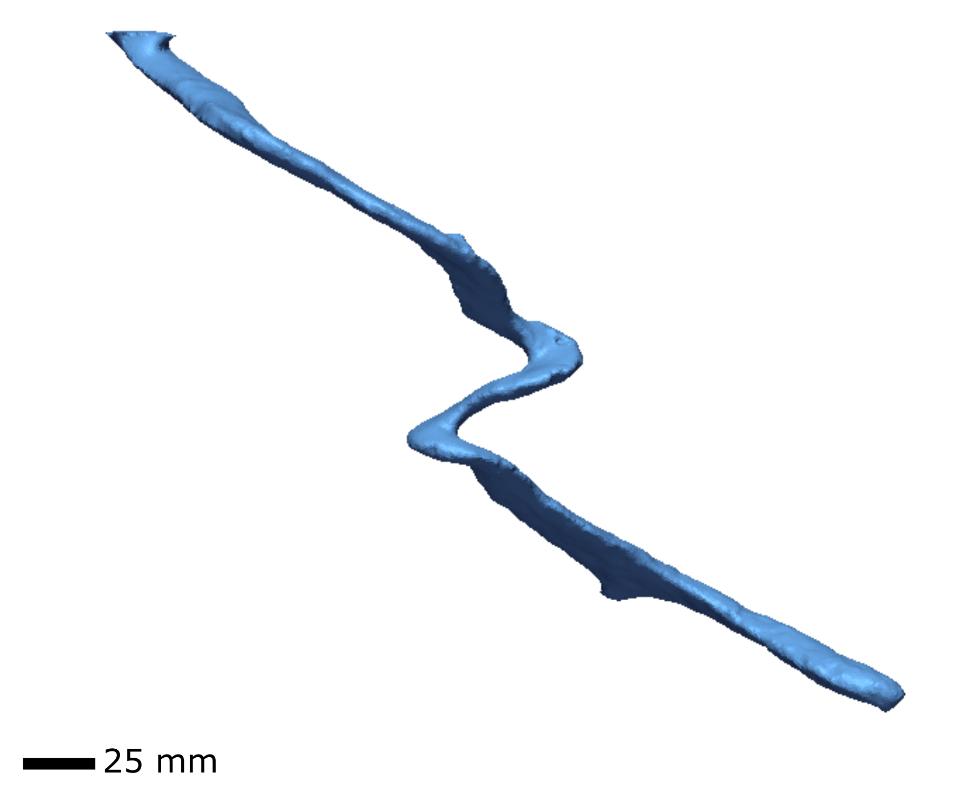Scorpion Architects Build Lairs with Porches and Mating Rooms

The twists and turns of a scorpion's underground burrows are generally inaccessible to anything that isn't a scorpion — including scientists. That is, until now.
Researchers used an unusual method to model the lairs of these underground arachnids, finding out that the subterranean refuges built by different species are surprisingly similar, even when the scorpions inhabit different environments.
The scientists investigated the burrow construction of three species from two different genera of the Scorpionidae family, to understand how the scorpions were benefiting from their tunnels' structural designs. The scorpions lived in three locations — the Negev desert in Israel, and the Kalahari Desert and the Central Highlands, both in Namibia — where variations in soil composition and hardness could affect the types of tunnels the critters constructed. [Photos: Modeling Scorpions' Lairs in 3D]
Despite notable differences in the dirt the scorpions were digging through — silty soil in the Negev, sandy and loamy soil in the highlands, and sand dunes in the Kalahari — the scorpion species in all three locations built lairs with features that were common across all the burrow structures.
First, the scientists spent three days measuring the temperature and moisture levels at different points along the burrows. The temperatures taken inside the scorpions' tunnels matched that of the soil around it. Tunnel soil also held more water than soil at the surface, likely providing the arachnid with relief from hot, dry conditions, the researchers suggested.
Extracting a tunnel in 3D
Being unable to enter the scorpions' tunnels themselves, the researchers did the next best thing — they brought the tunnels to the surface. By pouring molten aluminum into 43 burrow openings (after first capturing the scorpions that built them) and allowing the metal to cool, they were able to extract the tunnels as 3D shapes.
They then compared the tunnel models and found that all of them had a horizontal entry platform that could be used like a front porch; a minimum of two spiral bends, likely to keep out predators and restrict surface air flow; and a chamber at the tunnel's end where the scorpion could rest and feed — and where females also perform courtship rituals, mate and deliver their young.
Get the world’s most fascinating discoveries delivered straight to your inbox.
Burrow architecture should be recognized as complementary to the animals' biological needs, "performing functions its body would otherwise have to do on its own, like maintaining a comfortable temperature or improving ventilation," study co-author Berry Pinshow, a professor of physiological ecology at Ben-Gurion University of the Negev in Israel, said in a statement.
As biologists continue to explore still-unanswered questions about burrowing scorpions and how they live, these findings suggest that their burrowing behavior and the architecture they produce deserves closer investigation as well. The similarities between the species' burrows is especially interesting, the authors noted in the study, and hints that structural parallels may be found in the burrows of other scorpion species as well.
The findings were published online June 16 in the journal The Science of Nature.
Original article on Live Science.

Mindy Weisberger is a science journalist and author of "Rise of the Zombie Bugs: The Surprising Science of Parasitic Mind-Control" (Hopkins Press). She formerly edited for Scholastic and was a channel editor and senior writer for Live Science. She has reported on general science, covering climate change, paleontology, biology and space. Mindy studied film at Columbia University; prior to LS, she produced, wrote and directed media for the American Museum of Natural History in NYC. Her videos about dinosaurs, astrophysics, biodiversity and evolution appear in museums and science centers worldwide, earning awards such as the CINE Golden Eagle and the Communicator Award of Excellence. Her writing has also appeared in Scientific American, The Washington Post, How It Works Magazine and CNN.



